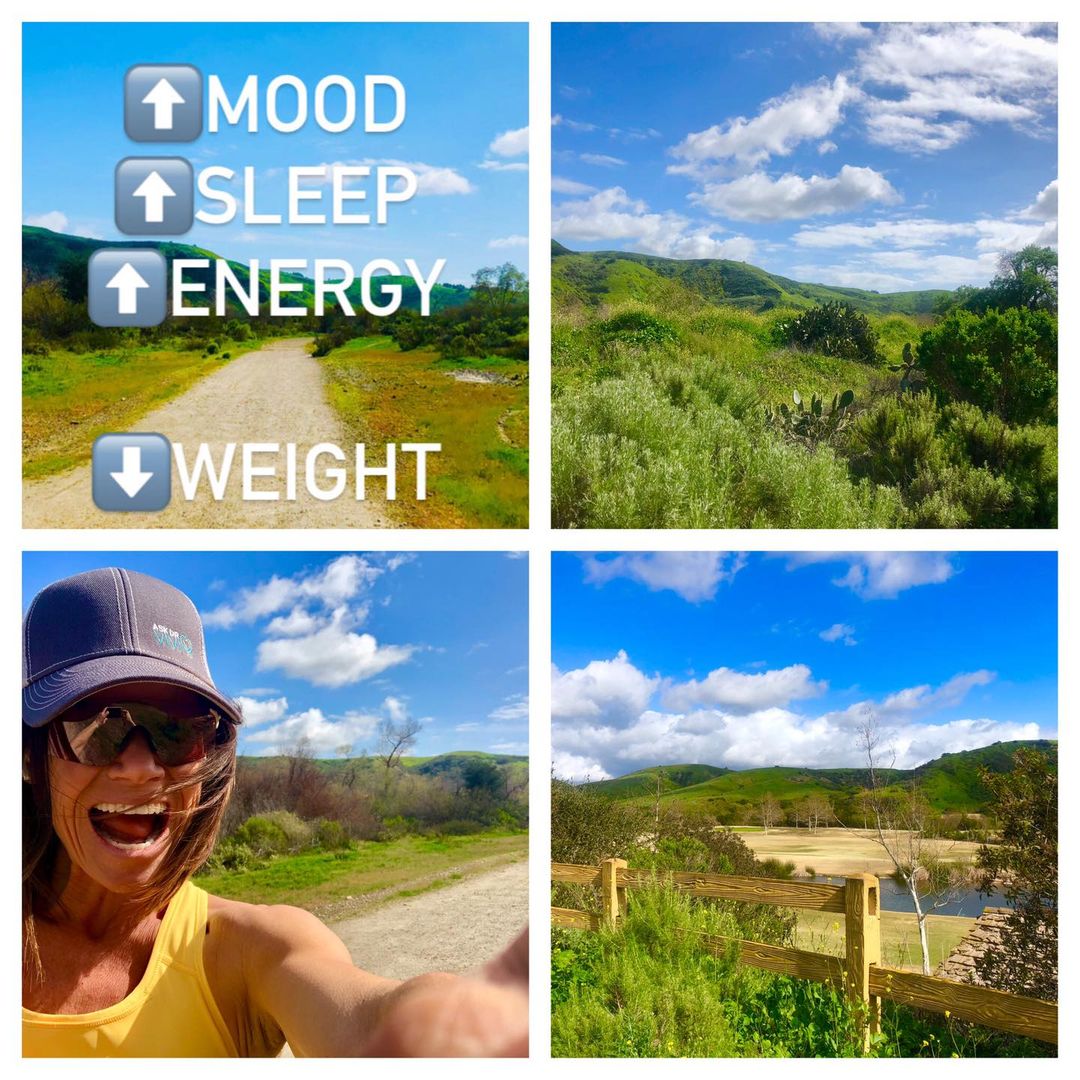If the sun shining in the sky isn’t good enough to get out of your seat, here are a few more reasons to move it!
1. Exercise controls weight
Any amount of activity is better than none at all. To reap the benefits of exercise, just get more active throughout your day — take the stairs instead of the elevator or rev up your household chores. Consistency is key.
2. Exercise combats diseases
Being active boosts high-density lipoprotein cholesterol, aka “good” cholesterol, and it decreases unhealthy triglycerides. This one-two punch keeps your blood flowing smoothly, which decreases your risk of cardiovascular diseases.
- Stroke
- Metabolic syndrome
- High blood pressure
- Type 2 diabetes
- Depression
- Anxiety
- Many types of cancer
- Arthritis
- Falls
3. Exercise improves mood
You feel better about your appearance and yourself when you exercise regularly, which can boost your confidence and improve your self-esteem.
Third, I apply a lidocaine/prilocaine prescription one hour prior to make it painless. This comes from a doctor only. Some children can get very sick from it.
Fourth and finally- I use “Compound W Freeze Off.” I apply every 3-7 days or whenever the skin is ready (not sensitive). We do the treatments while he watches TV and does not even wince. One is almost gone and the other is still hanging in there. After 2 years I expect it may be 2-4 months before it will be completely gone. This is quite typical.
Note- for extremely calloused warts I recommend using a nail file on the dead skin after bath. This is to expose the core of the wart. Do NOT reuse the nail file anywhere else; it will spread the virus.
For other patients who cannot tolerate the above- there is an option for oral cimetidine. This is a 3 month commitment. But if topical will work on your child, try that first.
In the past Compound W applied at night burned. Using diaper cream around the healthy skin never worked either. Applications in the office were not effective or efficient with school and work life.
Looking to learn more on plantar (foot) warts? Read On:
What causes warts?
People get warts through direct contact with HPV, of which there are many different types. The type that causes plantar warts likes to hang out in damp, warm environments – the kind that arouse your suspicion anyway, like public showers, swimming pools, locker rooms, your roommates shower mat, or communal shoes (if you’re sharing shoes with people, you might want to inspect their feet first). If you walk barefoot through these areas, you could acquire plantar warts.
Person-to-person contact can spread plantar warts as well. If you have a sleeping partner, remember that plantar warts never sleep! The virus can pass from foot to foot, or from sheets to your foot.
You chances of getting plantar warts increase if your feet are dry and cracked, or your immune system weakened. The more often you are exposed to the virus, the more likely it is that you will develop plantar warts (there is no “build-up” of resistance to the virus through frequent exposure). It’s important to point out that not everyone is as vulnerable to plantar warts (or warts in general) as others. Some of us are just lucky! The medical community is puzzled as to why this is the case, but predisposition to plantar warts seemingly plays a role in our acquisition of them.
How can I tell if I have plantar warts?
You should see a doctor to confirm a diagnosis of plantar warts, since in some cases the uncomfortable growth on your foot is something entirely different (possibly a clogged sweat gland or even a tumor).
Plantar warts often appear near the balls of the foot or around the heel (essentially, the places that most likely made contact with the virus in the first place). You can feel the lump of a plantar wart as you walk, but when you look at it, the wart appears surprisingly flat. Due to their location on the body, plantar warts grown inward as opposed to outward. As a result, the wart won’t look like a wart on someone’s face. A plantar wart feels like a callus because it’s covered in callus tissue due to the frequent pressure of walking. Often the planter wart will appear darkly discolored, sometimes with the appearance of a small black core (which is a blood clot, not any physical materialization of the virus itself).
Methods to get rid of plantar warts.
Several methods and treatments exist for the removal of these unsightly plantar warts.
Salicylic acid.
Using salicylic acid, a plantar wart treatment that you can purchase over-the-counter from your local drug store, you can remove a plantar wart in generally about four weeks. The process calls for daily application of acid to the wart, as well as rubbing of the dead skin from the wart. Acid can be applied either as a solution or as a patch, and sometimes you must apply it twice a day. You can use a nail file or pumice stone to remove the dead skin from the plantar wart each day. It’s kind of pleasing that such an old medicinal substance should still be recognized as an excellent treatment; salicylic acid was known by the ancient world to exist within willow bark. Just try not to let any of it get onto clear skin, where it will cause irritation.
Cryotherapy.
It sounds like what they did to Ted Williams, and does involve freezing. In this case, doctors use liquid nitrogen to “freeze” your wart. They apply the liquid nitrogen directly onto the plantar wart using a spray-tip or cotton-tip applicator. If you’ve never experienced cryotherapy before, you might be struck by the sci-fi image of unearthly vapors rising from the nitrogen tank. For children, this method can be too painful and scary, and at any rate, it guarantees neither more nor less success than duct tape or acid treatments. If successful, however, you’ll get rid of that plantar wart faster.
Duct tape.
Duct tape wart removal has more in common with acid treatment than with cryotherapy. Apply the tape to your wart and leave it there for six days, after which you can wash the affected area and, once dry, rub off the dead wart skin with either that nail file or pumice stone once again. The duct tape method generally takes around six weeks, but may take up to eight before you remove the plantar wart. For more information, check out our article about how to remove warts with duct tape.
More severe responses.
You can also pursue laser surgical removal of your plantar warts, though this procedure is more expensive and, in many cases, more painful. Another surgical option, electrodessication, is quite effective but leaves a noticeable scar on your foot. Non surgical options include the use of prescription anti-wart medication (officially for use against genital warts, but effective in treating plantar warts as well) or immunotherapy, wherein doctors inject antigens directly into the wart in an attempt to trigger the natural response of your immune system against the wart itself
How can I reduce my chances of getting plantar warts? Wear shower sandals in public areas to reduce your potential contact with HPV. Dry your feet thoroughly after showering and swimming. And if you have a plantar wart, consider treatment a matter of urgency. The sooner you treat the plantar wart, the better! Delayed treatment means greater opportunity for the plantar wart to spread its virus to other local areas of your foot. It’s far easier to get rid of one plantar wart than an entire “mosaic” (one of the more objectionable cases of life imitating art). To reduce the likelihood of the wart multiplying, don’t touch or itch the plantar wart. Hands off!
If you have a plantar wart, take the first step toward treatment today! Don’t hesitate to schedule an appointment with your doctor to ensure that your problem is plantar warts. In the meantime, it won’t hurt to apply duct tape or salicylic acid. Be aggressive. Don’t let those warts walk all over you, even as you’re walking over them.



